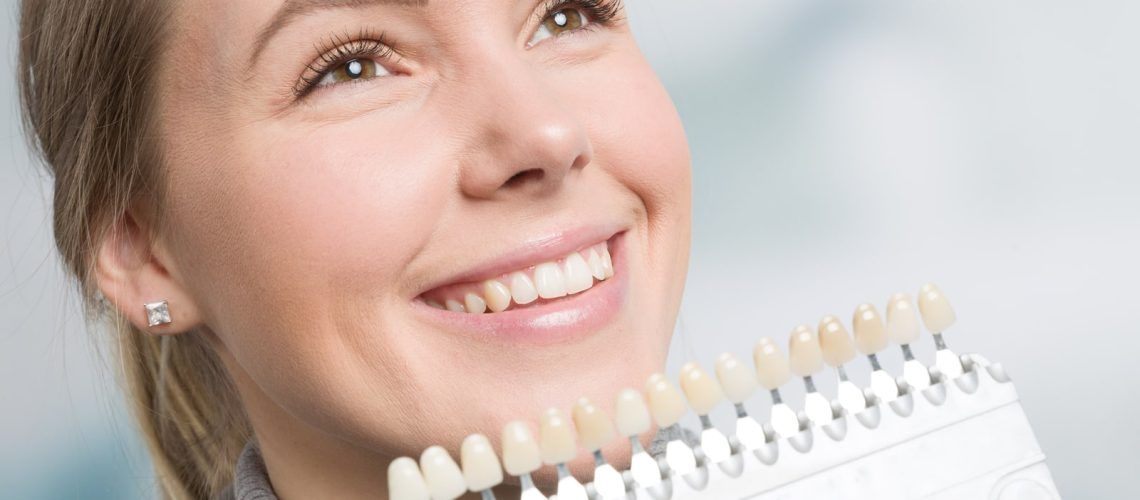Many people spend their days feeling self-conscious about the appearance of their smile. Despite their best efforts to maintain their smile, many still struggle. When their oral hygiene practices fail, it’s common for these individuals to invest in restoration dentistry. These procedures are designed to eliminate decay and restore form and function to your smile. Your treatment can involve orthodontic care in cases where the teeth are misaligned or have gaps. No amount of oral hygiene will address these issues. Which to have done first is a common concern when a need for restorative dentistry and orthodontic care appears together.
Restoration Care Is Often The Best First Step
In the majority of cases where both restoration and orthodontic care are needed, it makes sense to start with restorative care. Decay can impact the integrity of your teeth, making it risky to apply the additional stress that comes with orthodontic care. Further, certain problem areas are easier to address before moving the teeth into their final position. For instance, consider the spaces between teeth where decay can set in. When these areas are exposed due to misalignment or gapping, they’re easier to access and repair. Once the repair has been affected, your dentist can move the teeth into a position in good health and integrity.
- Realignment vs. Restoration – Orthodontic procedures are employed when teeth are out of alignment. When mild alignment issues are present, they may be able to be addressed with restoration care. Typically, however, the best choice here would be to use clear aligners or traditional braces to adjust the positioning of your teeth.
- Cost Vs. Results – Orthodontic procedures may be more expensive than the associated restorative care. This means it may be prudent to have the restoration care performed first rather than budgeting for both. Worse, if you have the orthodontic adjustment performed and then wait for the restorative care, the situation may worsen before you can address them.
- Isolated vs. Combined Treatment – Another consideration is the number of specialists required to achieve your desired goals. Sometimes, you may be required to work with multiple specialists when there are endodontic, orthodontic, and restoration concerns. The specific approach that your dentist should use will vary from case to case. Most will agree, however, that restoration procedures are the best starting point.
Achieving the best results requires coordinating with all the dental professionals involved. Particularly complex cases may require a different approach, which your team will help you determine. An important component is ensuring that all individuals involved are informed of the full scope of your care.
Discuss Restorative Orthodontic Options With Your Dentist
The advancements in dental technology continue to advance with every passing year. As they do, new options and approaches for treatment become available. One example is clear aligners, which have become more common over the past decade. This orthodontic appliance has largely replaced the more complex and invasive traditional braces. They may create situations where your dentist can simultaneously accomplish both treatment forms. Schedule a bi-annual appointment with your dentist to learn more.

